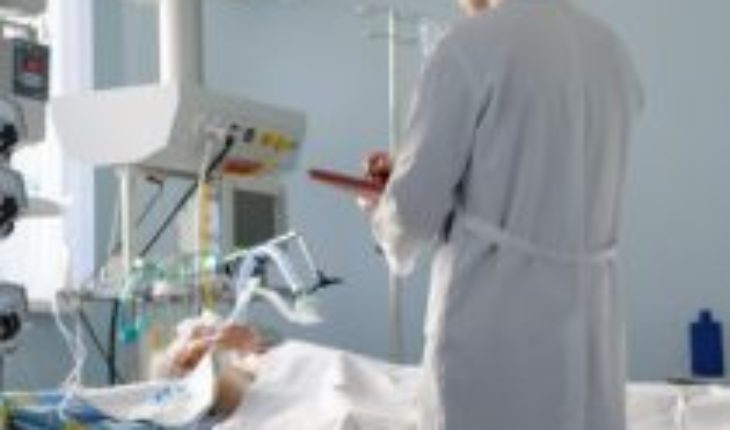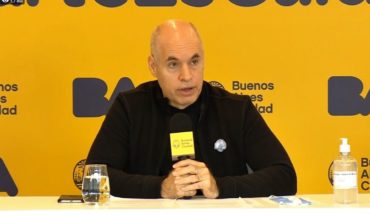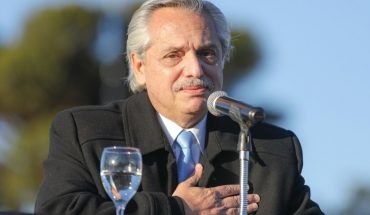
The patient’s age, comoities and time to connect to mechanical ventilation are some of the factors that will determine the sequelae that this emergency measure may cause to save the lives of so many covid-19 patients. Unfortunately, statistics indicate that more than 50% of patients discharged after this type of ventilation, present problems to swallow, eat and in their voice, being recommended the early intervention of phonoudiologists in the Critical Patient Units (UPC).
Despite the priority urgency of saving the life of a critical patient, the introduction of a tube through the larynx and the connection to a mechanical fan poses risks to a number of structures including the larynx and vocal cords, and that depending on the patient and the time of hospitalization, will affect their high conditions.
Elena Medina, professor of Phonoaudiology at the Pontifical Catholic University, comments on the importance of a multidisciplinary intervention in ICU to avoid possible complications such as the development of aspirative pneumonia, due to the entry of water or food into the lungs, given the complications of the patient who leaves the fan and resumes feeding orally.
“There is currently no UPC protocol that includes an interdisciplinary intervention involving the intevist physician alongside other professionals such as the phonoaudiologist, the kinesiologist and occupational therapist, gravitating roles in good evolutionary management of the critical patient and with a better comprehensive prognosis,” she explains.
Protecting affected areas
The decanulation process involves new challenges in the high and rehabilitation stage. Medina notes that it is very common to see vocal cord paralysis and abnormalities in layrinthic functions, which result in swallowing disorders and dysonies or vocal disorders, which involves therapeutic work to rehabilitate voice and swallowing, either with exercises, as well as with a joint work plan to improve food consistency , go to new positions and correct the cough during and after eating.
For her part, Ignacia Ward, also an academic of the UC Phonoaudiology career, agrees on the need to identify in time alterations in airway protection, problems in the closure of the vocal cords and in the mechanism of coughing. “Today we know the contribution of adequate rehabilitation through swallowing maneuvers and voice exercises, working on voice sensitivity in hyper-fast tones to improve airway safety and coughing mechanism,” he explains.
Generally speaking, there are several intervention measures ranging from the patient’s position to eating or drinking, food consistency, implementation of maneuvers (coughing, lowering the chin when swallowing and holding breathing) to exercise breathing, voice and swallowing.
Ward points out that work with kinesiologists specializing in respiratory mechanics, coughing and airway protection is essential, as well as the complementary strategy with support from the nutritionist to achieve a tolerable regimen. While not many UPCs implement this interdisciplinary work, international studies account for a positive impact on treatment outcomes and patient quality of life in egress.
Muscle work
Patricio García, a teacher of the CAREER of Kinesiology UC, notes that while we are still learning from the aftermath of patients recovered from Covid-19 with mechanical ventilation, and assuming the urgency of saving their lives; this patient profile addresses all the risk factors of a CSD, including motor functional complications due to a long period of sedation, immobility, administration of drugs such as neuromuscular blockers, and systemic inflammation.
“In general, these patients have atrophy and muscle weakness, even more damaged in case of older age, obesity, smokers, sedentary and cardiometabolic patients. Significant physical deterioration is observed; in fact, they lose tolerance to physical exertion even to dress, shower and move independently at home,” Garcia says.
Patients connected to a mechanical ventilator, even sedated, need their limbs to be mobilized and changed regularly, as this helps to reduce musculoskeletal complications, between other strategies that apply from day zero once interned, in addition to ventilatory therapy. Once consciousness is regained, the work ceases to be passive and the patient with a stable medical condition can sit and stand as soon as possible.
Garcia points out that it is urgent to implement protocols with interdisciplinary teams. The phonodialogist is essential in the management of swallowing and phonation disorders, the occupational therapist helps from the cognitive aspect, avoiding the development of delirium, while the kinesiologist is involved in physical and pulmonary rehabilitation.
“Initiating early rehabilitation in ICU patients, from entering the unit, is proven to reduce the onset of these complications at high. Also, once we get through this pandemic it is important that we incorporate greater awareness about health and physical activity in young people and adults, since those with greater muscle mass and respiratory muscle performance, better face these health emergencies”, concludes the kinesiology teacher.





